America’s cities are melting pots where cultures and cuisines blend into amazing food scenes. From coast to coast, these urban centers offer tastes from around the world right on your doorstep. The following cities stand out for their incredible variety of authentic international foods, neighborhood food districts, and unique fusion creations.
1. New York City: The Ultimate Global Food Capital
Walking through the streets of NYC is like taking a worldwide food tour without needing a passport. The city’s immigration history has created neighborhoods where authentic cuisine thrives – from hand-pulled noodles in Flushing to Caribbean roti in Crown Heights.
Queens alone represents over 150 cultures through its restaurants and food markets. You’ll find mom-and-pop dumpling shops next to Michelin-starred restaurants, with everything in between.
What makes NYC special is how these food traditions evolve while staying true to their roots. Even pizza, brought by Italian immigrants, transformed into the iconic NY slice – thin, foldable, and perfect for eating on the go between subway stops.
2. Los Angeles: Where Cultures Create Culinary Magic
LA’s sprawling landscape houses countless cultural enclaves that serve as gateways to global flavors. Korean BBQ sizzles in Koreatown while taco trucks in East LA perfect generations-old recipes with California’s fresh ingredients.
The city embraces both tradition and innovation. Armenian bakeries in Glendale offer sweet pastries alongside Persian restaurants serving tahdig with perfect golden crusts. Thai Town delivers regional specialties rarely found elsewhere in America.
Food here tells immigration stories – like how Salvadoran pupusas became neighborhood staples. Celebrity chefs might grab headlines, but LA’s true culinary treasures are often found in strip malls where families cook the foods of their homelands exactly as they remember them.
3. Houston: The Surprise Culinary Powerhouse
Houston’s food scene thrives without much national fanfare, yet locals know it’s America’s hidden gem for global eating. The city’s affordability and welcoming attitude have attracted immigrants from everywhere, creating an incredibly diverse food landscape.
Vietnamese crawfish boils show how Gulf Coast traditions merge with Southeast Asian techniques. In Hillcroft, you’ll find an Indian food scene rivaling any in America, while Nigerian restaurants serve perfect jollof rice and egusi soup.
Houston’s Latino communities contribute everything from Mexico’s regional specialties to Salvadoran pupusas. The city’s sprawl means you need a car for food adventures, but the reward is authentic cuisine at prices that make regular exploration possible for everyone.
4. Chicago: Neighborhoods Defined by Flavor
Chicago’s immigrant communities have created distinctive food neighborhoods that preserve culinary traditions while embracing American influences. Polish delis in Avondale offer kielbasa and pierogi while Pilsen’s Mexican bakeries fill cases with colorful pan dulce.
Beyond the famous deep-dish pizza, Chicago’s food identity includes Italian beef sandwiches, Chicago-style hot dogs, and jibaritos – a Puerto Rican sandwich using plantains instead of bread. Devon Avenue presents a remarkable stretch of Indian and Pakistani restaurants serving regional specialties.
Winter weather has fostered a comfort food culture here, with hearty dishes from around the world finding appreciative audiences. The city’s affordability compared to coastal metropolises has allowed independent restaurants to flourish, creating neighborhood spots where authentic cooking thrives.
5. San Francisco: Innovation Meets Traditional Technique
San Francisco’s compact size packs extraordinary food diversity into walkable neighborhoods. The city’s Chinatown, America’s oldest, still serves traditional Cantonese classics alongside regional Chinese cuisines that have found footholds in the city.
The Mission District blends Latino traditions with hipster innovation, creating both perfect traditional taquerias and fusion experiments. Vietnamese food thrives in the Tenderloin, while sourdough bread – perfected by Gold Rush bakers – remains a city signature.
San Francisco’s proximity to wine country and agricultural regions means exceptional ingredients flow into city restaurants. This combination of immigrant cooking traditions and California’s produce bounty has created a food scene where both humble noodle shops and experimental fine dining can excel.
6. Washington D.C.: Where Embassy Row Meets Eatery Excellence
Washington’s status as a diplomatic hub has created an exceptional international food scene that goes far beyond power lunch steakhouses. The city hosts embassies from around the world, attracting immigrant communities that establish authentic restaurants serving their homeland cuisines.
U Street and Shaw neighborhoods offer outstanding Ethiopian dining, with restaurants serving spicy stews on spongy injera bread. Columbia Heights features Salvadoran pupuserias alongside Vietnamese pho shops, while suburban Maryland houses exceptional Korean barbecue spots.
Adams Morgan’s jumbo slice pizza spots feed late-night revelers, but during the day, the neighborhood offers Caribbean roti shops and Japanese izakayas. The capital’s multicultural workforce has created demand for authentic global cooking, making even office lunch spots surprisingly diverse.
7. San Diego: Border City With Pacific Influences
San Diego’s position on the Mexican border gives it unparalleled access to authentic Mexican cuisine, with regional specialties rarely found elsewhere in the US. The city’s fish tacos showcase the perfect marriage of Baja Mexican techniques with California’s ocean bounty.
Beyond Mexican food, San Diego hosts thriving Filipino communities whose restaurants serve traditional favorites like pancit and lumpia. East African immigrants have established exceptional Ethiopian and Somali restaurants, while Vietnamese and Chinese communities contribute to the city’s diverse Asian food scene.
The city’s military presence has brought international influences as service members return with global tastes. San Diego’s perfect growing climate means restaurants have access to year-round local produce, adding California freshness to global recipes for unique fusion creations.
8. Philadelphia: Historical Food Hub With Modern Diversity
Philadelphia’s food scene extends far beyond cheesesteaks, though locals still debate Pat’s versus Geno’s with religious fervor. The city’s rich immigration history has created distinctive food neighborhoods where authentic global cuisines thrive alongside American classics.
South Philly’s Italian Market remains a food landmark, but now includes Mexican taquerias and Vietnamese pho shops. West Philly houses exceptional Ethiopian restaurants and West African spots serving fufu with spicy stews. Reading Terminal Market brings it all together under one roof – Pennsylvania Dutch baked goods next to soul food, Caribbean jerk chicken, and Middle Eastern falafel.
The city’s affordability compared to nearby New York has allowed immigrant-owned restaurants to flourish, creating authentic neighborhood spots where traditional cooking techniques remain unchanged across generations.
9. Atlanta: Southern Roots With Global Branches
Atlanta’s food scene beautifully balances Southern traditions with international influences brought by diverse immigrant communities. Classic soul food restaurants serve perfect fried chicken and collard greens while innovative chefs reimagine Southern cuisine with global techniques.
Buford Highway has become a legendary food destination with Korean barbecue restaurants, Vietnamese pho shops, and Mexican taquerias lining a single stretch. The city’s large Nigerian population has established restaurants serving authentic West African dishes rarely found elsewhere in the South.
Atlanta’s Sweet Auburn neighborhood preserves Black culinary traditions, while the city’s growing Indian community has created exceptional restaurants serving regional specialties beyond the typical curry house menu. The affordable cost of living has allowed immigrant entrepreneurs to open authentic restaurants that don’t need to compromise traditions.
10. Las Vegas: Beyond the Strip’s Glitzy Restaurants
Las Vegas has celebrity chef restaurants on the Strip, but locals know the real food treasures hide in suburban strip malls. The city’s hospitality industry has attracted workers from around the world who’ve established authentic restaurants serving their homeland cuisines.
Chinatown offers exceptional regional Chinese cooking alongside Japanese izakayas and Korean barbecue spots. Spring Mountain Road features outstanding Thai restaurants, while the city’s large Filipino community runs restaurants serving traditional favorites like sisig and kare-kare.
Ethiopian restaurants flourish in unexpected locations, and the city’s proximity to Mexico ensures authentic taquerias throughout town. Vegas has become a food city where casino workers from around the world create demand for authentic global cuisines, resulting in hidden gems serving dishes exactly as they’d be made in their countries of origin.
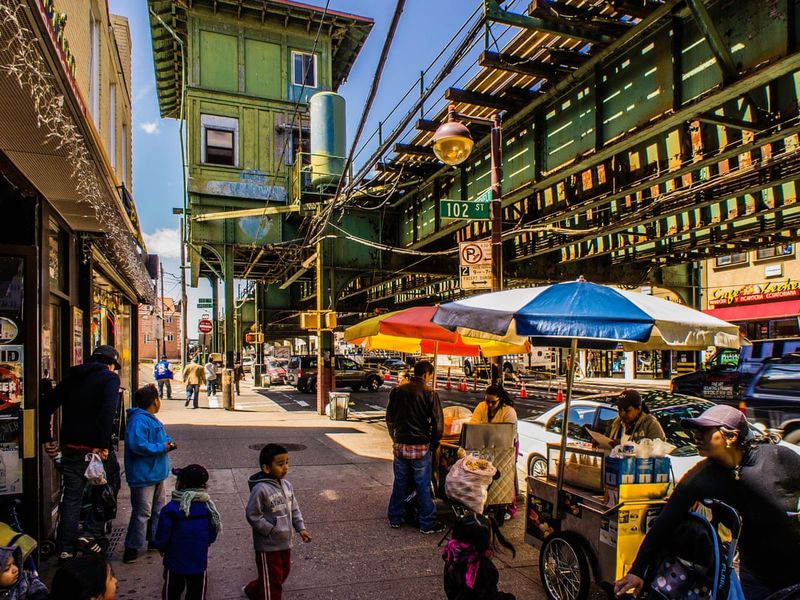
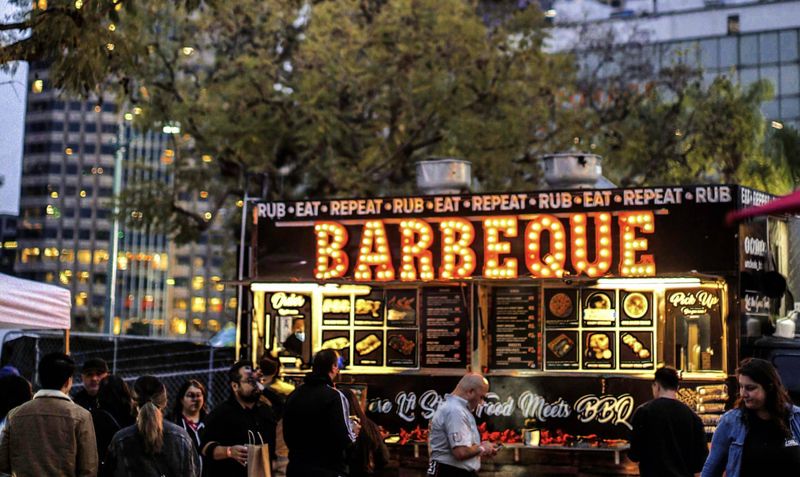
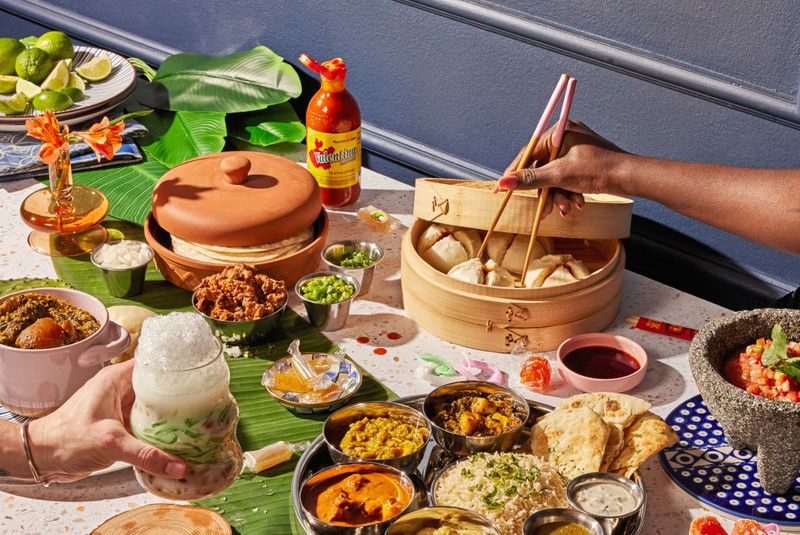
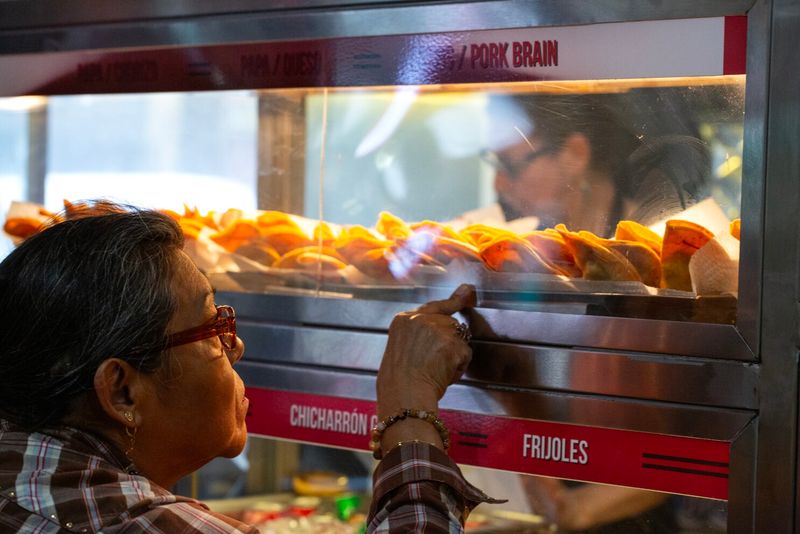
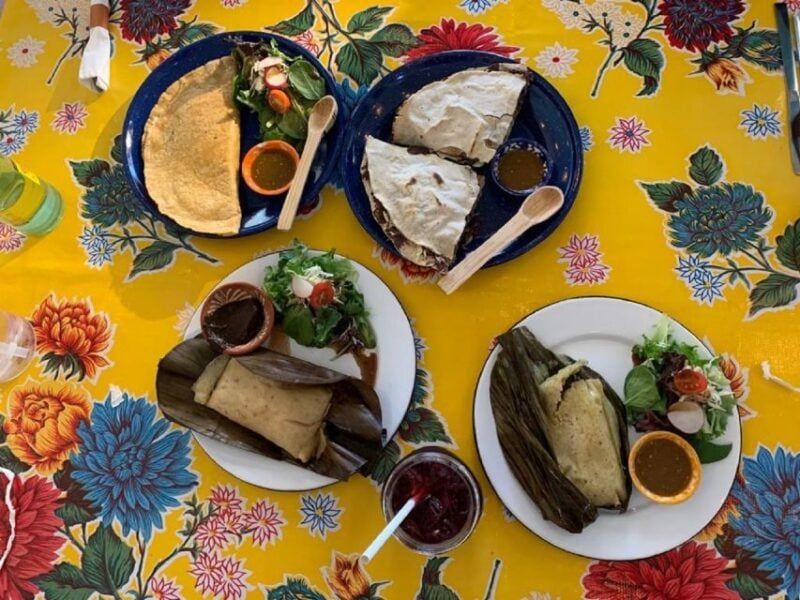
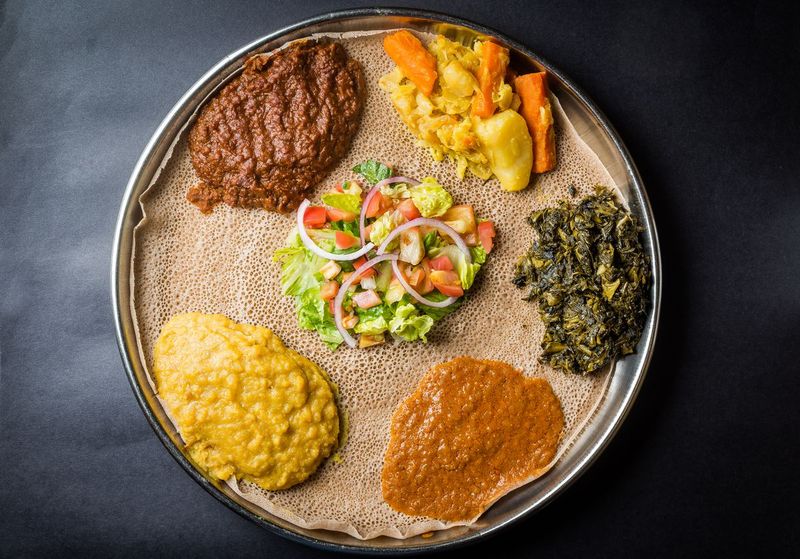
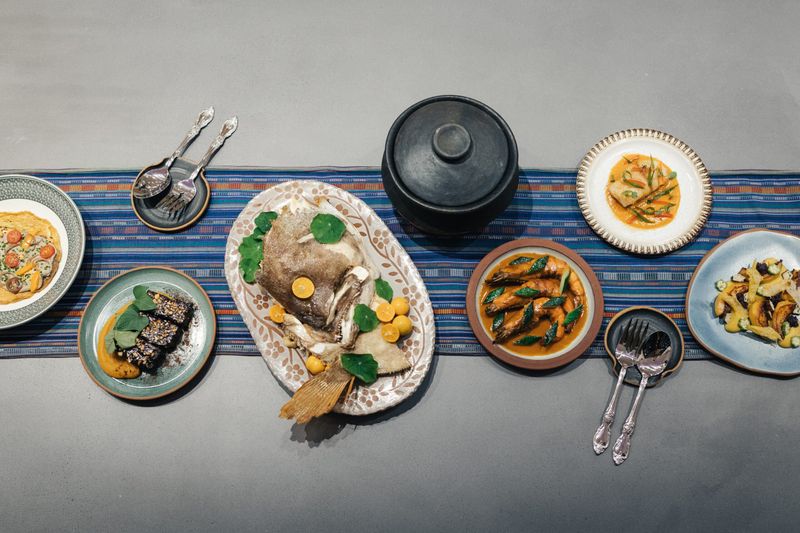
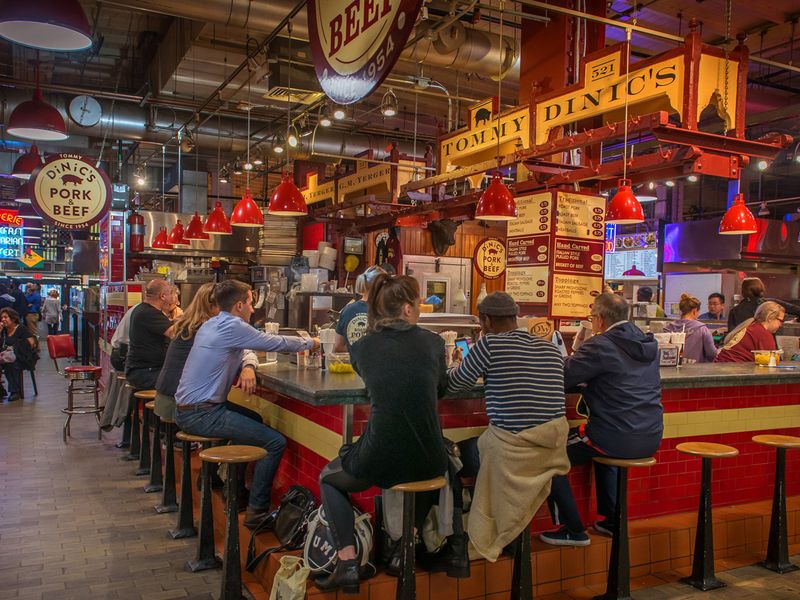

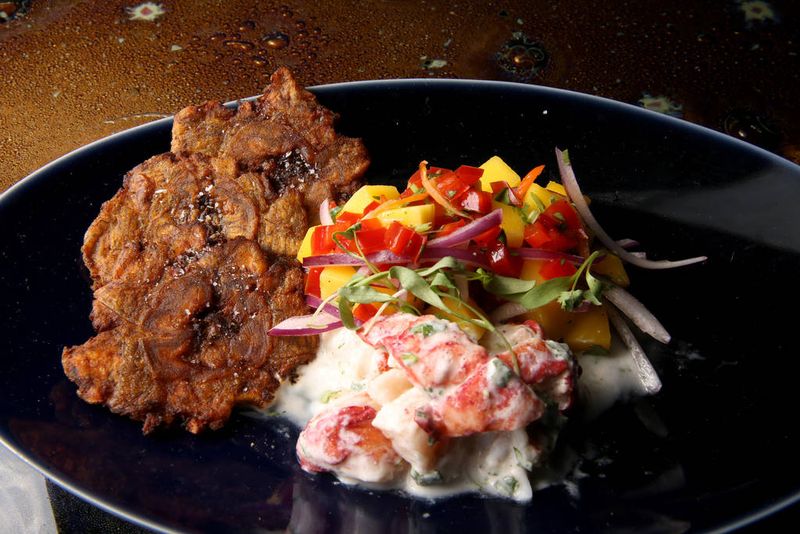
Leave a comment